HIGH-SPEED VIDEOSTROBOSCOPE
Principle – The Videostroboscope is used for visualisation and recording of vibrations and rotations in slow-motion → on shaker, test benches, at non-accessible locations (endoscope-use) and on large or micro objects. It is an easy-to-use, turnkey system and provides a low-cost alternative to high-speed cameras. No need for flashlights permits daylight use. It allows automatic monitoring and provides a wide range of analysis tools. In combination with our special nanosecond light pulses, it can be applied for frequencies up to 100 kHz as well as for high-speed rotations.
Advantages of the Videostroboscope over the Classical Light Stroboscope
Automated monitoring: Image analysis permits automatic process control of test setups or in production via sensitivity to object location or vibration amplitudes, or phase.
Recording: Sequences or single shots can be recorded and stored digitally. The images or sequences (avi, jpg, etc.) can be further processed and included in presentations. Compared to conventional High-Speed cameras, this can be done over a very long period as the image stream is recorded to the computer memory or hard disks directly. Using solid state drives (SSD), this is possible with high frame rates and resolutions, e.g. over 200Hz at VGA.
Micro-objects: Applying zoom lenses or microscopes permits the magnification of small objects.
Quantitative evaluation: The images include information for the comparison of objects or states. Image processing tools, such as automated edge detection or correlation, and measurement tools permit quantitative evaluation of vibration amplitudes. No need for dark rooms, no eyestrain: In opposite to conventional systems based on flash lights, the video-stroboscope enables the user to work without eyestrain, e.g. under daylight. High-power flashlights are harmful to the eyes, allowing short application periods only.
Security and image transmission: The observer can be spatially separated from the object or danger zone by remote-controlled versions (e.g. engine test stands). Object-observer distance up to 70m (unlimited using glass fibre).
Environmental: Operation is possible under extreme conditions (e.g. climatic chambers).
Accessibility: The cameras can be installed in locations with difficult access for the human eye. Endoscope accessories for cameras are available.


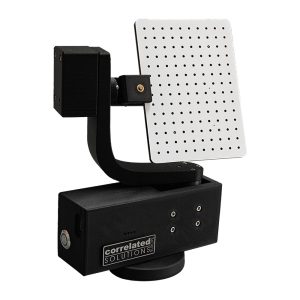
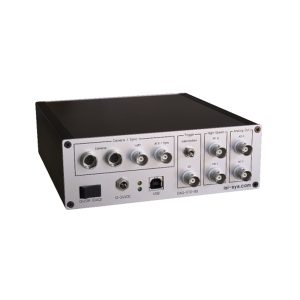
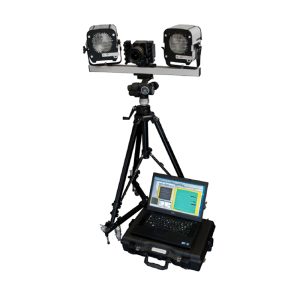
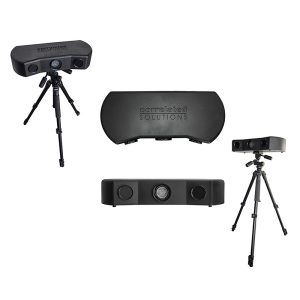
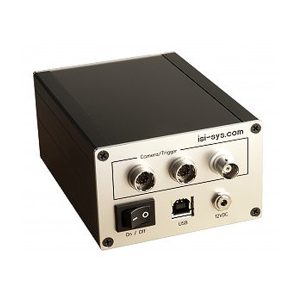
Reviews
There are no reviews yet.